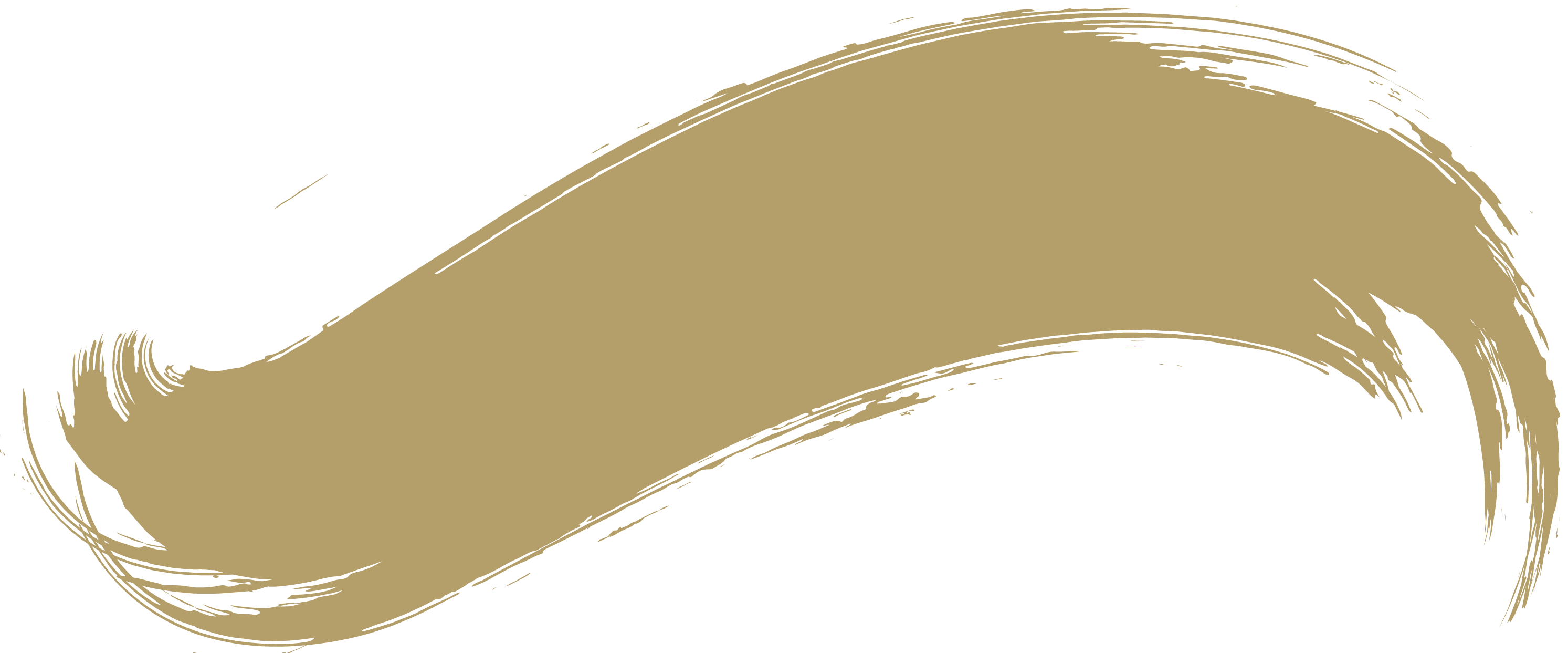From croziers mistaken for fish to artefacts thought to have been lost forever, a new podcast series digs into how our most famous archaeological objects were discovered.
With the first evidence of human presence in Ireland dating back some 12,500 years, it’s no surprise that our archaeologists and historians have and are still discovering priceless artefacts under our soil, sand and boglands. Only last year some astounding prehistoric gold rings were found in Donegal and are now on display at the National Museum of Ireland.
But have you ever wondered how such objects get found? A new four-part podcast series by The Discovery Programme: Centre for Archaeology and Innovation Ireland reveals just that. One of our National Creativity Fund initiatives and part of the Oscail Cultural Data Project for Ireland, the series highlights the importance of our archaeological archives and their potential to reveal more about even our most well-known historic objects.
Intent on exploring the circumstances surrounding some of Ireland’s most famous archaeological finds, a considerable amount of detective work was undertaken by The Discovery Programme team in archives at home and abroad to reveal the hidden and fascinating stories behind these unique objects.
Episode one of the series, presented by Dr Griffin Murray, Department of Archaeology, University College, Cork, is now live online. Dr Murray recounts the incredible tale of how the River Laune or Innisfallen Crozier was at first mistaken for a salmon… and then a gun, when it was initially discovered in County Kerry!
Episode two sees Dr Niamh Whitfield, Scholar in early medieval metalwork from Britain and Ireland, detail the intriguing story of how a 700 AD brooch found on the County Meath coast came to be associated with the Hill of Tara and later known as the iconic Tara Brooch.
Raghnall Ó Floinn, former Director of the National Museum of Ireland, outlines in the third instalment how the Ardagh hoard – best known for the Ardagh Chalice – was discovered by a teenager digging for potatoes in Limerick in 1868. Ó Floinn also recounts the subsequent disputes over the precious find’s ownership.
In the final podcast, Aideen Ireland, formerly of the National Archives of Ireland, delves into the collection of archaeological objects assembled by the Irish Home Rule nationalist politician, Sir Thomas Henry Grattan Esmonde. Detailed in Grattan Esmonde’s personal archive, these objects appeared to have been lost when his Wexford home was destroyed by anti-treaty Republicans in 1923. The fascinating archive is the only record of these objects in existence.







